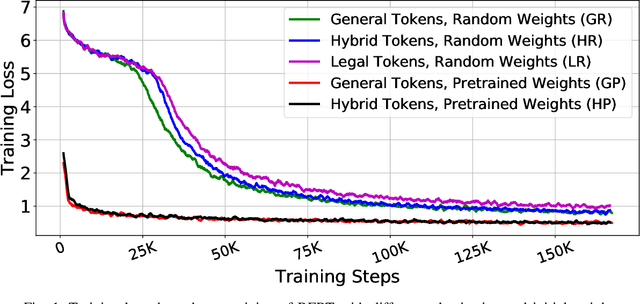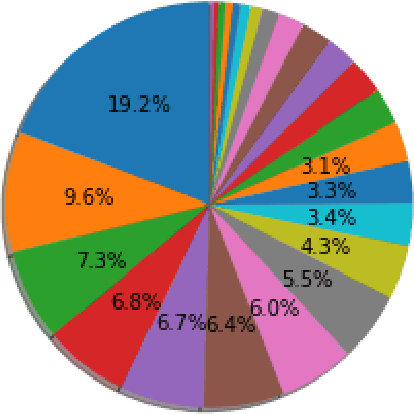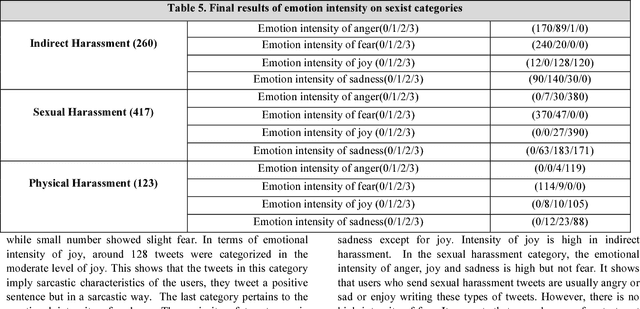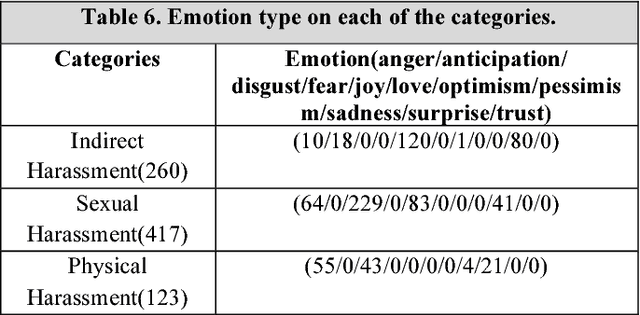Borna Jafarpour
Customizing Contextualized Language Models forLegal Document Reviews
Feb 10, 2021



Abstract:Inspired by the inductive transfer learning on computer vision, many efforts have been made to train contextualized language models that boost the performance of natural language processing tasks. These models are mostly trained on large general-domain corpora such as news, books, or Wikipedia.Although these pre-trained generic language models well perceive the semantic and syntactic essence of a language structure, exploiting them in a real-world domain-specific scenario still needs some practical considerations to be taken into account such as token distribution shifts, inference time, memory, and their simultaneous proficiency in multiple tasks. In this paper, we focus on the legal domain and present how different language model strained on general-domain corpora can be best customized for multiple legal document reviewing tasks. We compare their efficiencies with respect to task performances and present practical considerations.
How is Your Mood When Writing Sexist tweets? Detecting the Emotion Type and Intensity of Emotion Using Natural Language Processing Techniques
Jan 28, 2019



Abstract:Online social platforms have been the battlefield of users with different emotions and attitudes toward each other in recent years. While sexism has been considered as a category of hateful speech in the literature, there is no comprehensive definition and category of sexism attracting natural language processing techniques. Categorizing sexism as either benevolent or hostile sexism is so broad that it easily ignores the other categories of sexism on social media. Sharifirad S and Matwin S 2018 proposed a well-defined category of sexism including indirect harassment, information threat, sexual harassment and physical harassment, inspired from social science for the purpose of natural language processing techniques. In this article, we take advantage of a newly released dataset in SemEval-2018 task1: Affect in tweets, to show the type of emotion and intensity of emotion in each category. We train, test and evaluate different classification methods on the SemEval- 2018 dataset and choose the classifier with highest accuracy for testing on each category of sexist tweets to know the mental state and the affectual state of the user who tweets in each category. It is a nice avenue to explore because not all the tweets are directly sexist and they carry different emotions from the users. This is the first work experimenting on affect detection this in depth on sexist tweets. Based on our best knowledge they are all new contributions to the field; we are the first to demonstrate the power of such in-depth sentiment analysis on the sexist tweets.
 Add to Chrome
Add to Chrome Add to Firefox
Add to Firefox Add to Edge
Add to Edge